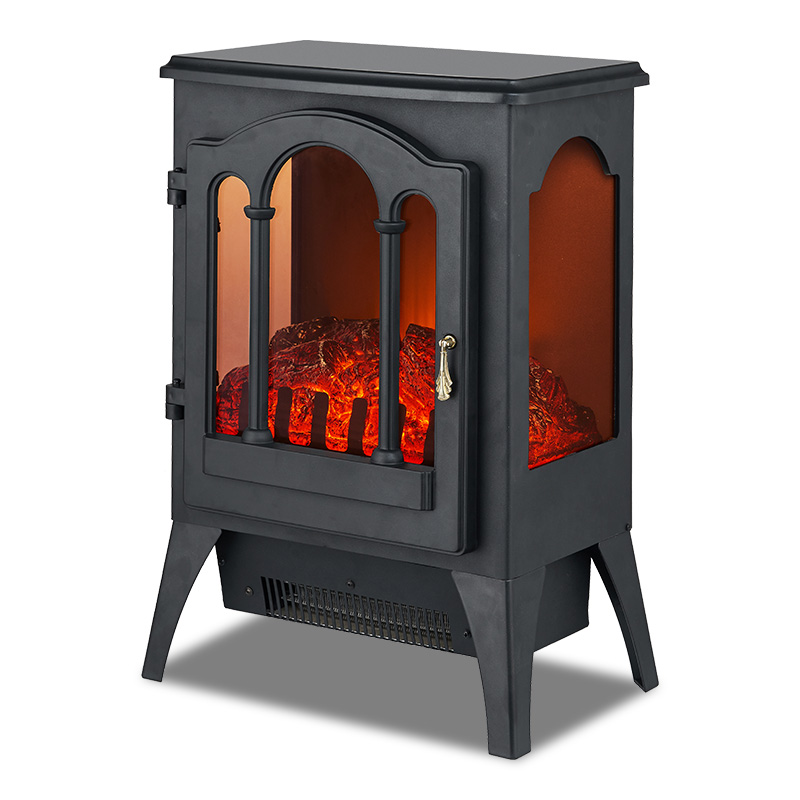If you're considering purchasing a freestanding fireplace stove, you're probably wondering what to look for. This guide will cover the basics, including price, installation, features, and heat output. It will also help you make an informed decision. In addition, you'll learn how to operate it.
Cost
A freestanding fireplace stove can be an effective way to keep your home warm while minimizing your heating expenses. You can get a high-quality stove for a low price, or a more affordable option if you have a small budget. Some models come with an LCD panel that lets you monitor its operation. Some models also have a whisper-quiet combustion fan and auger motor. The price of a wood pellet stove varies, but typically costs around $3,000, plus another nine hundred to eighty dollars in pellets. The price of the stove may depend on the current cost of fuel, so you should consider how long you plan to use the stove before making a decision.
The cost of a fireplace depends on several factors, including the type and size of the unit. An electric or ventless gas fireplace doesn't require ventilation, while a more elaborate masonry fireplace requires gas line installation and additional wiring. The materials you choose can also add to the cost of the unit, so you need to think carefully about your preferences. Natural stone fireplaces are less expensive than those made of artificial stone, but stone veneers are not always as durable. Additionally, wood-burning fireplaces require the purchase of firewood, which can add to the costs.
Installation process
If you've decided to install a freestanding fireplace stove, you'll need to make sure it is properly installed and sized for the space it will heat. You should follow the manufacturer's recommendations to install the unit properly. In addition, you should make sure the area surrounding the fireplace is free of combustible materials.
Before installing the stove, you should ensure that the room where you'll place it is not close to any combustible materials. To prevent sparks and burns, you may want to put up non-combustible materials on the floor area where you'll place the stove. Alternatively, you may want to use heat-resistant materials on the walls surrounding the stove to prevent any damage from high heat or stray sparks.
Features
There are several advantages to owning a freestanding fireplace stove. It is an eco-friendly option and is safe for kids and pets. It also gives your home a cozy atmosphere. Freestanding stoves are a great option if you're on a budget or are concerned about the environment. You can choose from a variety of different models and choose the right one for your home.
There are two main types of freestanding fireplace stoves available. Both have their advantages and disadvantages. The freestanding fireplace stove is typically vented directly into the room, without the need for a chimney and brick wall. This type of fireplace is especially beneficial for homes without an appropriate fireplace installation process.
Heat output
The heat output of a freestanding fireplace stove is a good indication of its efficiency. The more BTUs it produces, the higher the heat output. The BTUs are measured in British Thermal Units (BTUs). To determine the BTU output for your home, measure the square footage of the room where you want to place the stove. You can also consult a dealer for more information.
The heat output of a freestanding fireplace stove can range from around 400 to more than 1,000 BTUs. You can choose a model that will fit the space you're planning to place it in. Some freestanding fireplace stoves are small enough to fit in small spaces, while others are large enough to fit in a large room.
Cost to convert from wood to gas
The cost of converting a freestanding fireplace stove from wood to gas depends on a variety of factors, including the type of fireplace you have and its location. The primary driver of cost is the type of gas fireplace you want. There are two types: vented and ventless. The former looks like standard logs and requires a chimney and flue, while the latter requires no chimney.
A gas log insert costs $179 to $1129, depending on the type of fireplace. If you have a traditional wood-burning fireplace, the cost of installing a gas log insert will be about $600 to $2,280. A vent-free gas fireplace will cost about $1,200 less. You can also choose an electric fireplace, which will cost you between $100 and $2,200. An electric fireplace does not require a chimney, and the installation labor is less than half the price of a traditional fireplace.






